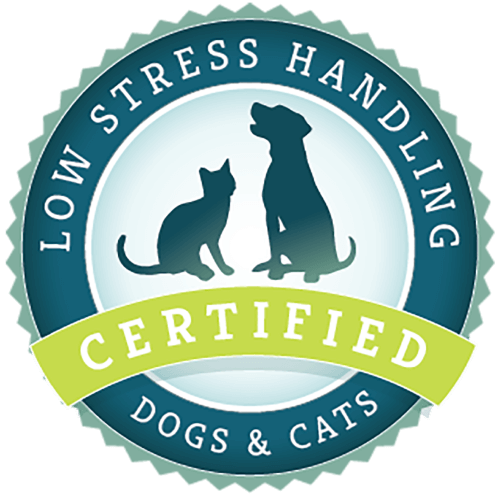What article are you looking for?
Recent Articles
Meet Alana Stevenson, Creator of “Feline Fundamentals” Webinars
We are excited to offer new feline handling webinars by noted animal behaviorist Alana Stevenson. Alana has been helping dog and cat owners resolve their pets’ behavioral problems since early 2003. She is certified in Low Stress Handling for Dogs and Cats, is on the Cat-Friendly Practice Advisory Council for the American Association of Feline Practitioners, and is the author of two books on humane dog training and behavior modificatio: The Right Way the First Time: Teaching Your Dog Kindly & Humanely (2007) and Training Your Dog the Humane Way: Simple Teaching Tips for Resolving Problem Behaviors and Raising a Happy Dog (2011). Dr. Sally Foote recently
The Scruff Substitute
This type of restraint is called the “cowl technique.” A pillowcase, flannel baby blanket, or thin hand towel is rolled into a tube and wrapped quickly around the neck like a doughnut to hold the head. The point of restraint is like scruffing but does not create the association of pain with hands or handling.
Ask Debbie: Getting Kitty to the Vet
This month’s topic is one that comes often, and it is frequently asked by clients at the clinic where I work. The question is, “How do I get my cat to go in the carrier easier?”
Low Stress Vet and Tech Communication – From the Technician’s Point of View
Communication between the technicians and the veterinarian is crucial to making vet visits as Low Stress as possible. The most important thing to remember is that you are all working together as a team to give your patients a better experience in the veterinary clinic.
Organization for Low Stress Success
Having the tools at your side to deliver the Low Stress care experience is important, especially when creating a new culture of care. It is important that the treats, paper bowls, towels and other tools are stocked every night just like the cotton balls, alcohol and syringes.
Low Stress Vet and Tech Communication
In most small animal practices, the intake is done by the technician. Weight check, temp, heart rate, and history are performed by the veterinary technician. With the advances of Low Stress Handling® skills, there may be some variation on how intensive the technician will be in gathering these vital signs prior to the veterinarian stepping into the room. There is acknowledgement of the stress level of the patient, so the technician may forego some of the intake exam to reduce stress and allow the veterinarian to triage care. I always felt it was all fun and games until the doctor
Looking for certifications instead?

Low Stress Handling® Silver-Level Certification
Individual Certification at this level demonstrates to clients and employers the individual’s dedicated interest in Low Stress Handling®. Hospital Certification at this level demonstrates to clients and staff the hospital’s commitment to appropriately training staff in Low Stress Handling® methods.
Learn More
